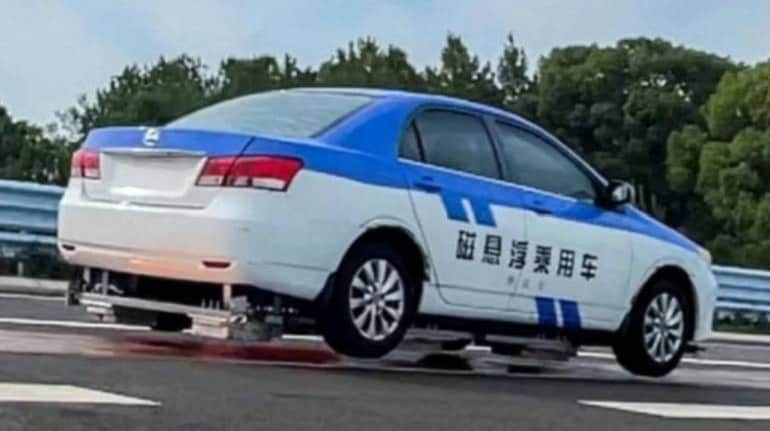
Science fiction has often included flying cars.
There have been numerous attempts to circumvent this mechanical impossibility and construct one in reality.
The realization of this ideal may be getting closer, and it will likely have an impact on how we travel, work, and live in the future.
Chinese researchers from Southwest Jiaotong University in Chengdu, Sichuan province, tested modified passenger cars on the road last week that use magnets to float 35 millimeters above a conductor rail, according to the Chinese state news agency Xinhua.
To put it another way, the experimental vehicle employs magnetic levitation technology or maglev.
The researchers equipped eight cars with strong magnets and put them through their paces on an 8-kilometer train.
According to the Xinhua story, the experiments were conducted by Chinese government transportation authorities to research high-speed driving safety measures. However, a university professor who worked on the vehicles’ development told the news agency that employing magnetic levitation for passenger cars might reduce energy consumption and extend their range.
The South China Morning Post cited Professor and Team Leader Deng Zigang as saying, “Our next step will be to work on the creation of the actual vehicle to realize the wonderful vision of seeing the first maglev car ‘floating up and operating.”
This action will be crucial to China’s development of maglev (magnetic levitation) cars.
Magnetic levitation, or “maglev,” which accelerates or pulls objects using an energized magnetic field, has been used by a number of commercial trains since the 1980s.
Today, maglev trains are used in China, Japan, and South Korea.







